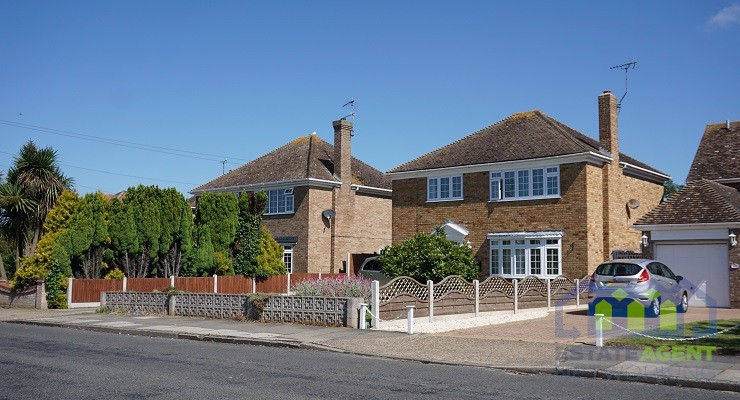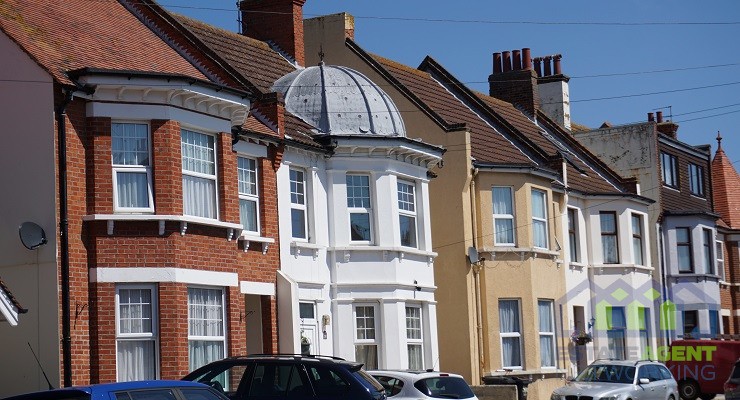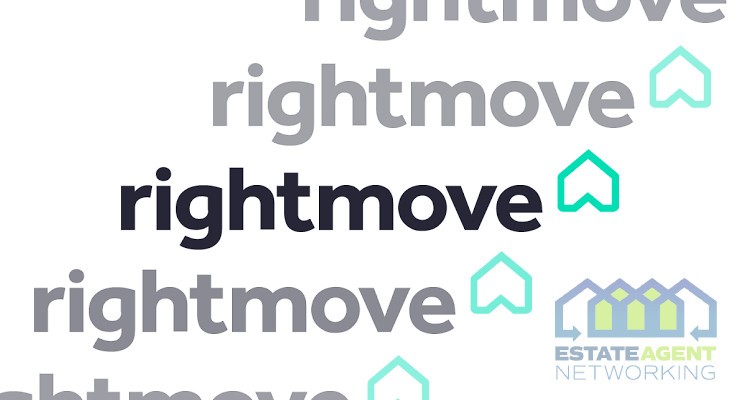HOW TO DESIGN YOUR LIVING ROOM
The living room is one of the most used rooms in your home. It’s where we get together with family and friends, to entertain, relax, play and sometimes, just to be together. A well designed living room is one that works hard for you and your family. This room needs to be multi-functional, practical and also show off your social status and personality.
This what interior designers do best, our job is to ensure that each room that we design meets the needs of the users. But I also believe that interior design is for everyone, and that’s why I want to share with you a simple 10 point plan that shows you how to design your living room.
10 Point plan to help you design your living room
-
List all the functions that the room needs to deliver.
List all the members of your family (including your pet/s), and next to each, write down what they use the living room for. If you have children, then remember to include things like reading, playing games, homework etc.
My list would include, watching TV, relaxing, reading, writing, afternoon naps, playing card & board games, cheeky TV dinners, entertaining friends, cocktail evenings, having friends over for movie nights.
Don’t forget about your pets, they are part of your family and also need space.
-
Consider the zones you need in the space.
You don’t need to decide where these zones are placed at the moment, but think about what zones you are going to need based on who is going to be using the room and for what purposes.
If you have a large space, you might benefit from creating more than one zone. You could create two seating zones, one formal and one informal. Or you could create a separate games/play area for your children.
If you have a smaller space, then you need to think about creating micro-zones, eg: a storage zone, a tech zone etc. Creating micro-zones helps you and your family know where things belong. This will help avoid clutter.
-
List all the technology that you are going to be using in the room.
Will you have a television or a projector?
What size will the screen be?
Will you have surround sound?
What radiators do you have or will you install?
Will you conceal the television or will it be front and centre of the room?
Your children’s game console, will it be used in the living room?
Might you have a telephone in the room?
-
Create a plan that shows your existing fixtures and fittings.
This includes all fireplaces, cabinetry, windows etc.
Add to the plan any additional fixtures or fittings that you want to include.
-
Use your plan to create a layout of the room.
Considering all the information above, create a layout that will satisfy the demands of the room. Draw in your furniture and ensure that there is enough space to move around in the room.
-
Design your lighting plan.
Now that you have a basic layout plan, you need to plan where your lighting needs to be.
Are you going to have overhead lighting, or is it going to be spotlights on certain features in the room.
To create ambience, I always suggest having at least three lamps in the room, one floor lamp and two table lamps.
-
Incorporate storage into your plan.
If you are short on space, then you need multi-functional furniture, eg: a coffee table needs to be able to be used as storage, similarly with side tables.
If you have cabinets in the room, are they all open like a bookcase? If so, you may want to add doors or drawers to the cabinet. It’s useful to be able to close a door and hide unsightly/practical items behind it.
I like to use trays as a way to keep things tidy, eg: a large tray on the coffee table is a great place to keep things like remote controls, a candle lighter, lighting controls etc.
-
Choose a colour scheme and create a palette.
It’s only at this stage that we start to look at soft furnishings. Now that your room has been designed for all the practical uses, you can now inject your personality into the room with your choice of colour, texture and pattern.
Choose a colour scheme that is going to be pleasing for all that use the room and create a colour palette. From this colour palette you can then choose your wall colour, sofa colour and use the bright or complimentary colours for the accessories.
-
Ramp up the design by making a bold statement in the room.
Your living room is where you show off prized possessions like art or sculpture to highlight your status to family and friends. This could be a sculptural lighting fixture, a large piece of art, a sculptural piece of furniture or a bold wallpaper pattern.
-
Now it’s time to style the room.
Arrange your objects carefully around the space, using the stylists ‘rule’ of grouping things in 3’s or 5’s to make it feel natural. You’ll want to vary the height in these arrangements too, this creates even more interest. Think about how the eye will travel around the room and place objects in such a way that they lead the eye around the room and draw the eye to the bold statement piece.
Designing a living room is quite a challenge, but I know that these steps will help you to get more out of your living room design. A living room is also a constantly evolving space. As we and our families needs and habits change, so do the demands on the room.
As always, if you need help with designing or styling your living room, you are welcome to get in touch with me and I’ll gladly design and/or style your living room for you.







